Titleist TS2 and TS3 Drivers Review
Would the TS2 and TS3 deliver the speed Titleist is promising? Joel Tadman and Neil Tappin took them to the course to find out
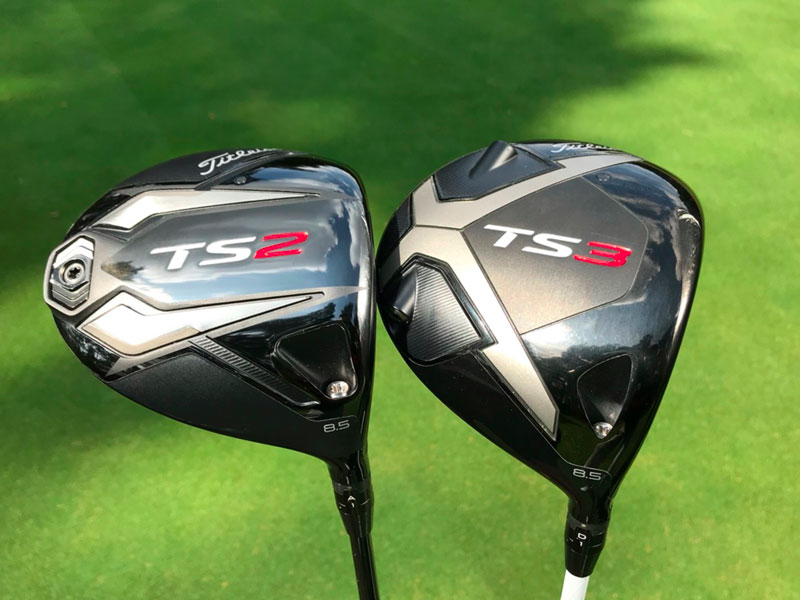
Titleist has satisfied golfers’ need for immediate speed with the TS drivers. They’re fast from the very first shot and the forgiveness of TS2 as well as the fitting options of the TS3 means that accuracy isn’t sacrificed. They’re high-launching, which will help slower-speeds increase carry, while faster swingers will gravitate towards the more penetrating flight of TS3.
-
+
Fast ball speeds from the first hit
-
+
Solid, explosive feel
-
+
High levels of forgiveness
-
+
Traditional looks
-
+
Easy launch, especially in the TS2 model
-
-
Extra shaft length could reduce control
Why you can trust Golf Monthly

Neil Tappin
Titleist TS2 and TS3 Drivers Review
VIDEO: Watch Neil Tappin test the Titleist TS2 driver
Titleist’s goal when creating the replacement for the 917 drivers was to build something that provided instant speed from the very first shot. In a world where time pressures are increasing, the complex fitting process that perhaps was required for 917 meant it got somewhat lost compared the instant hits of its rivals.
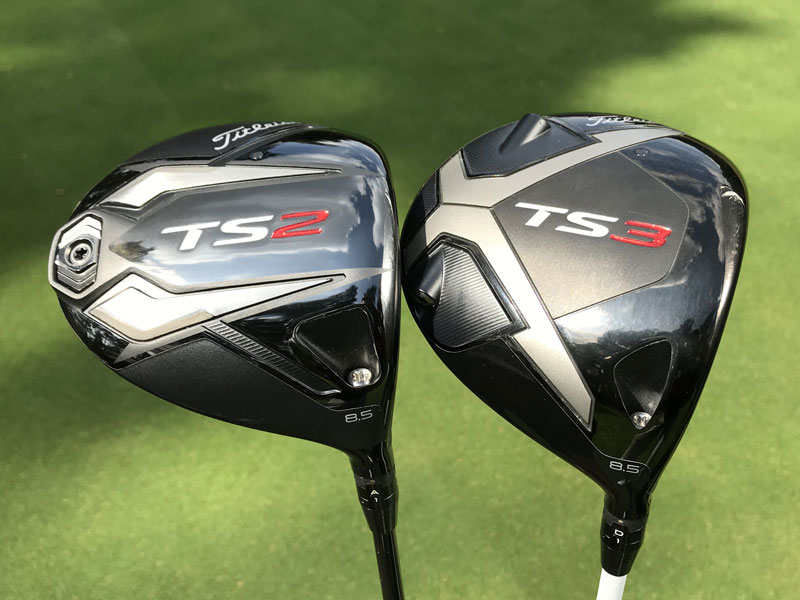
But Titleist is confident the TS2 and TS3 drivers will fulfil golfer’s immediate need for speed. We were invited along to Woburn Golf Club to go through a custom fitting of the new drivers and fairway woods – you can watch a video of that process here.
We recorded Trackman launch monitor data from our fitting, showing not only performance differences between TS2 and TS3 but also how these drivers compared against our current drivers, one of these being the 917. We were also able to take our fitted drivers out on the course on the same day, and on subsequent rounds after the fitting, to further assess performance.
The TS2 and TS3 drivers maintain that classic, traditional and very Titleist-like look down behind the ball. The colour has reverted to glossy black compared to the dark grey of the 917 and the design of the fulcrum has switched around. The TS2 (below) looks marginally longer from front-to-back, but there really isn’t much in it.
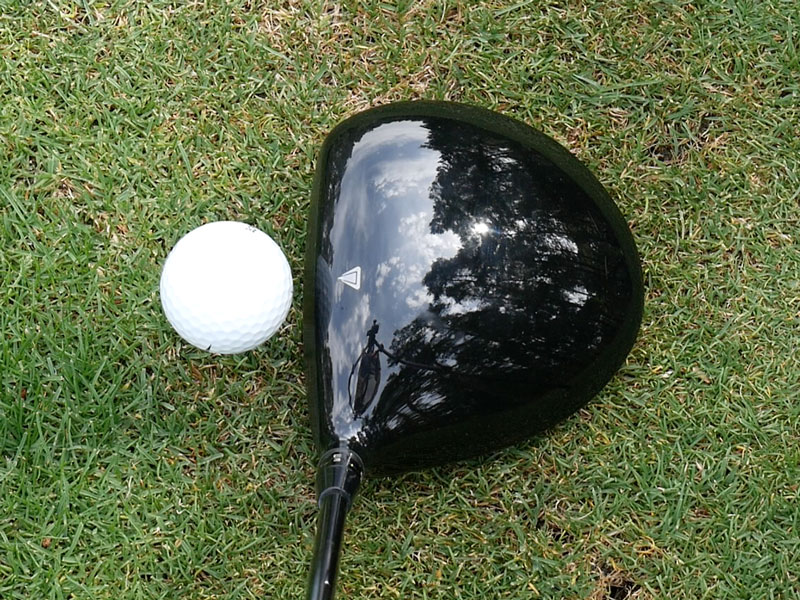
For some undetermined reason, to us the face looks lighter on the TS3 (below) than on the TS2, despite them apparently being the same colour, which made it easier to align due to the extra contrast with the crown. The final thing that makes these drivers look unique is how flat the faces appear. In a world where big driver companies are accentuating bulge and roll, Titleist has actually reduced it on these drivers based on internal robot and player testing. This again, helps with alignment. Finally, the sole view of the new drivers is also very Titleist. Compared to some other brands on the market, it is somewhat understated and perhaps doesn't shout about the new design improvements as much as we expected.
Subscribe to the Golf Monthly newsletter to stay up to date with all the latest tour news, equipment news, reviews, head-to-heads and buyer’s guides from our team of experienced experts.

There are still titanium crowns on these drivers, so the sound is very metallic and quite loud compared to the softer thud you get from composite drivers. It’s no less powerful and many will prefer the firmer feel at impact. It is slightly louder than the previous generation.
Unquestionably, both TS2 and TS3 and both provided excellent ball speed from the off. It’s then a question of fine-tuning the head and shaft combination to maximise this and bring in dispersion.
We found the TS2 launched the ball higher with more spin, so many higher-speed players like us may well lean towards the lower launching TS3, which provides additional fitting options via the SureFit CG weight cartridge that allows you to dial in your shot shape.
You’ll find that both drivers are generally very high launching and should you go through the fitting process will likely require a loft lower than what you currently play. In the end we were fitted for a 7.75° TS3 in the Project X Even Flow x-flex shaft and with the standard lie angle and SureFit CG weight.
Once fitted, we hit a series of shots up against our current driver, in my case this was the Callaway Rogue Sub Zero. I hit five shots with this and was happy that all five were well-struck enough hits to go against my numbers for my fitted TS3.
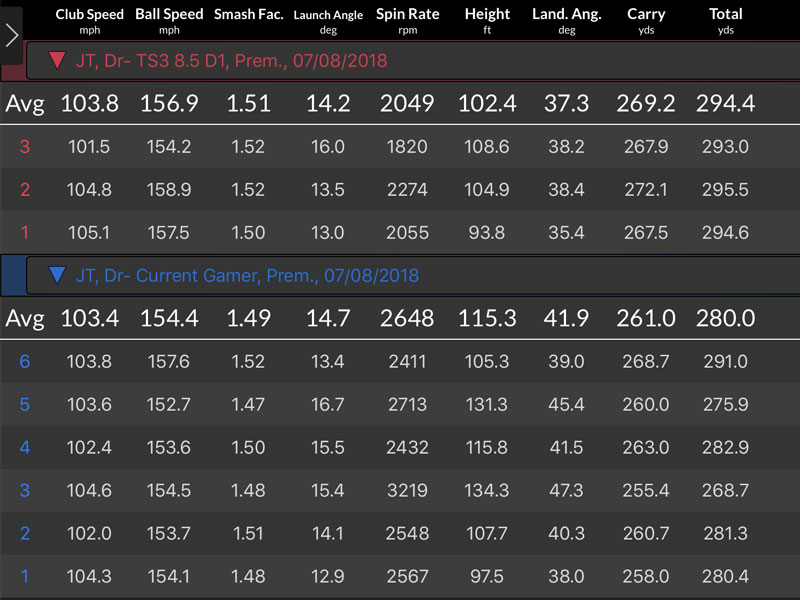
You’ll see that the ball speed was on average 2.5mph higher with the TS3, although club speed was also fractionally higher, my strikes were more efficient (Smash Factor went up from 1.49 to 1.51), and both launch and spin were lower, spin excessively so down by 600 rpm to 2,000 on average.
This resulted in a carry distance increase of just over 8 yards and because the landing angle was shallower, the total distance increase of TS3 was 14 yards. Interestingly, my best shot with my Callaway was 3/4 yards shorter in terms of carry/total distance than my best shot with the TS3. The ball groupings (below) were also much tighter with TS3, so it was longer and more accurate during my fitting process.
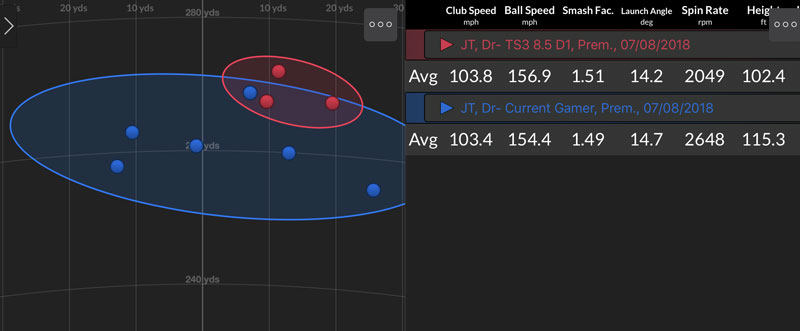
Some very impressive numbers here, I think you’ll agree. It’s worth noting that I was becoming more and more used to hitting the TS3 during the fitting, which may go some way to justifying the numbers, but it’s clear that the TS drivers are no slouch when it comes to distance without sacrificing accuracy. But I only got these numbers having tried the different shaft offerings available. Some of the original shafts I tried wouldn't have surpassed where I am with my current Callaway driver, which just highlights the importance of the fitting process.
Below are the Trackman numbers from my colleague Neil Tappin, who currently plays the 917D2 model. You can see he also experienced a significant distance increase, going up 7 yards on average in carry and 11 yards in total.
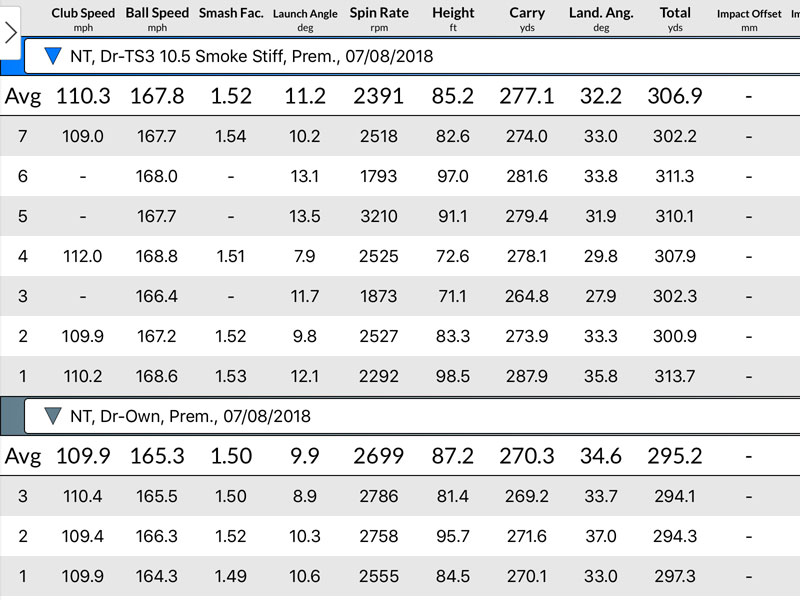
One final point I would make is that out that on the course since, I have struggled at times to control the longer shaft length – it certainly hasn’t been as accurate as it was during the fitting, but it still finds more fairways than I miss. During the fitting I was barely missing the middle of the clubface or the fairway, and therefore had no need to choose to lose out on speed via a shorter shaft to find any more fairways, but this a decision other golfers may make differently. I’m confident that with practice my TS3 will become a long fairway finder, something every golfer wants in his bag off the tee.
If you decide to buy a Titleist driver, take a look at our Titleist coupon codes.
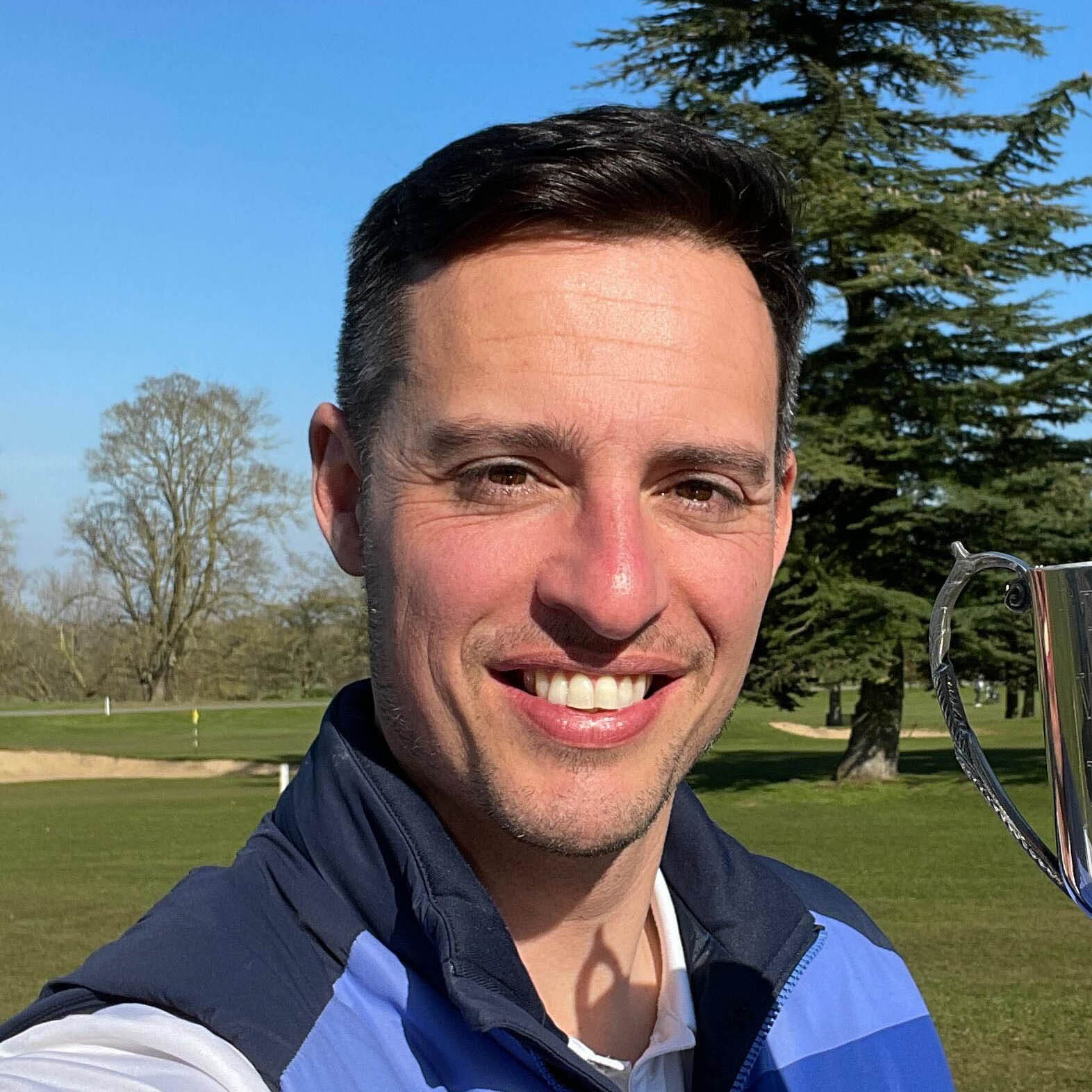
Joel has worked in the golf industry for over 15 years covering both instruction and more recently equipment. He now oversees all equipment and video content at Golf Monthly, managing a team of talented and passionate writers and presenters in delivering the most thorough and accurate reviews, buying advice, comparisons and deals to help the reader or viewer find exactly what they are looking for.
One of his career highlights came when covering the 2012 Masters he got to play the sacred Augusta National course on the Monday after the tournament concluded, shooting a respectable 86 with just one par and four birdies. To date, his best ever round of golf is a 5-under 67 back in 2011. He currently plays his golf at Burghley Park Golf Club in Stamford, Lincs, with a handicap index of 3.1.
Joel's current What's In The Bag?
Driver: Titleist GT3, 9°, Fujikura Ventus Black 6 S shaft.
Fairway wood: Titleist TSR3, 15°
Hybrid: Titleist TSi2, 18°
Irons: Titleist T150, 4-PW
Wedges: Titleist Vokey SM10, 50°, 54° and 58°
Putter: LAB Golf DF3
Ball: 2025 Titleist Pro V1x
- Neil TappinEditor